Bears don’t get fat by accident.
They intentionally pack on weight before winter, stuffing themselves with foods that slow metabolism, store fat, and prepare them for months of deep sleep.
Sound familiar?
It should—because most people are doing the exact same thing to their bodies every single day.
Your body is taking orders—and right now, it’s being told to store fat.
Bears don't just eat more before hibernation.
They eat specific foods that tell their body to shut down.
As bears prepare to hibernate, they'll go heavy on acorns and fish living in cold waters - both extremely high in polyunsaturated fats (PUFAs).
These PUFAs accumulate in the bears' cell membranes, making them more flexible at cold temperatures and triggering hormonal changes that induce torpor.
The high levels of omega-3 and omega-6 fatty acids essentially act as a biological antifreeze, allowing bears to safely lower their body temperature and metabolism.
And guess what? The modern food system is built to do the same thing to you.
- PUFA-heavy industrial seed oils (soybean, canola, corn).
- Refined sugars and processed carbs (flavored yogurts, granola, “healthy” cereals).
- Packaged "health foods" loaded with hidden additives and preservatives.
Every time you eat these, you’re sending a biochemical message to your body:
🚨 Slow down metabolism
🚨 Store more fat
🚨 Burn less energy
And once that message is received, your body obeys.
Here’s the Biological Breakdown of How This Messes You Up:
1. PUFAs Hijack Your Fat Cells [1 2 3]
PUFAs (polyunsaturated fats) don’t just hang out in your body for a few hours—they get stored for 5-7 years. Unlike saturated fats, which your body burns quickly for fuel, PUFAs are chemically unstable and prone to oxidation. When they break down, they release toxic byproducts that trigger inflammation, insulin resistance, and sluggish metabolism.
Your body gets worse at burning fat and better at holding onto it.
2. High Insulin = Fat Storage Mode [4 5 6]
Refined carbs and sugar-loaded drinks spike your blood sugar, forcing your pancreas to flood your system with insulin. Insulin’s job? To pull excess sugar out of the bloodstream and store it as fat.
When this cycle repeats over and over, your body gets the signal:
“Store fat, don’t burn it.”
Even worse?
Chronic insulin spikes lead to insulin resistance, where your cells stop responding to insulin properly. Now, your body has no choice but to shove excess energy into your fat cells, making weight loss feel impossible.
3. Cortisol and Chronic Stress Shut Down Fat Burning [7 8 9]
The additives and preservatives in processed foods do more than just make food last longer—they also disrupt your gut microbiome and trigger stress hormones like cortisol.
When cortisol is high, your body shifts into survival mode. Your thyroid slows down (which reduces calorie burn), and your body prioritizes storing energy instead of burning it.
Basically, your metabolism starts acting like winter is coming—even when it’s not.
So, How Do You Fix It?
Stop sending hibernation signals.
While PUFAs and synthetic processed carbs send metabolism-slowing “hibernation signals”, consuming the opposite diet will send the opposite signals (duh).
Regenerative SFAs (saturated fatty acids) and organic, seasonal carbs like fruit and raw honey actually boost the metabolism and bolster all the body’s natural healing processes.
Start eating like a human who actually wants energy.
🔥 Regenerative wild meats—low in PUFA, and high in SFAs that fuel your metabolism instead of stalling it.
🔥 Organic, seasonal carbs like fruits and raw honey to boost thyroid hormone production and speed up metabolism. I personally like organic potatoes and raw milk as well.
🔥 Organ meats loaded with real vitamins your body constantly needs more of to run efficiently. Not supplements that lack the infinite complexity of the whole foods matrix created by nature.
That’s why Grazly exists—to give you the cleanest, most powerful fuel nature has to offer.
So when you’re done eating like a bear preparing for a six-month nap…
Your metabolism will thank you.
Sources
1 Dietary linoleic acid elevates endogenous 2-AG…
2 Dietary omega-6 fatty acid lowering increases bioavailability…
3 An Increase in the Omega-6/Omega-3 Fatty Acid Ratio Increases the Risk for Obesity
4 Ectopic Fat Accumulation in Distinct Insulin Resistant Phenotypes; Targets for Personalized Nutritional Interventions
5 Obesity and insulin resistance
6 The Carbohydrate-Insulin Model of Obesity: Beyond ‘Calories In, Calories Out’
7 Long-term stress linked to higher levels of obesity
8 The Pathogenetic Role of Cortisol in the Metabolic Syndrome
9 Body Fat Distribution and Cortisol Metabolism in Healthy Men




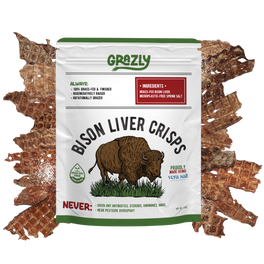
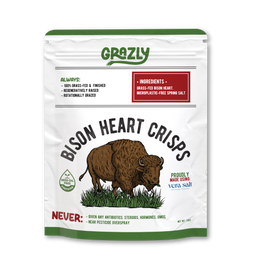
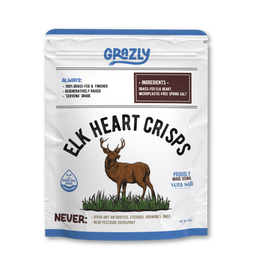
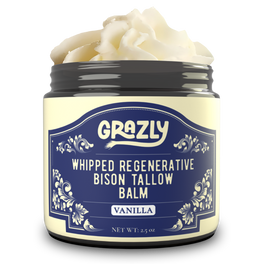


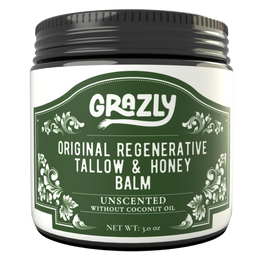
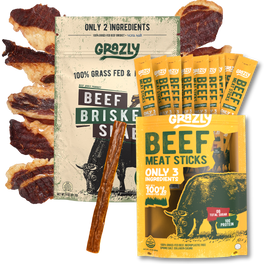

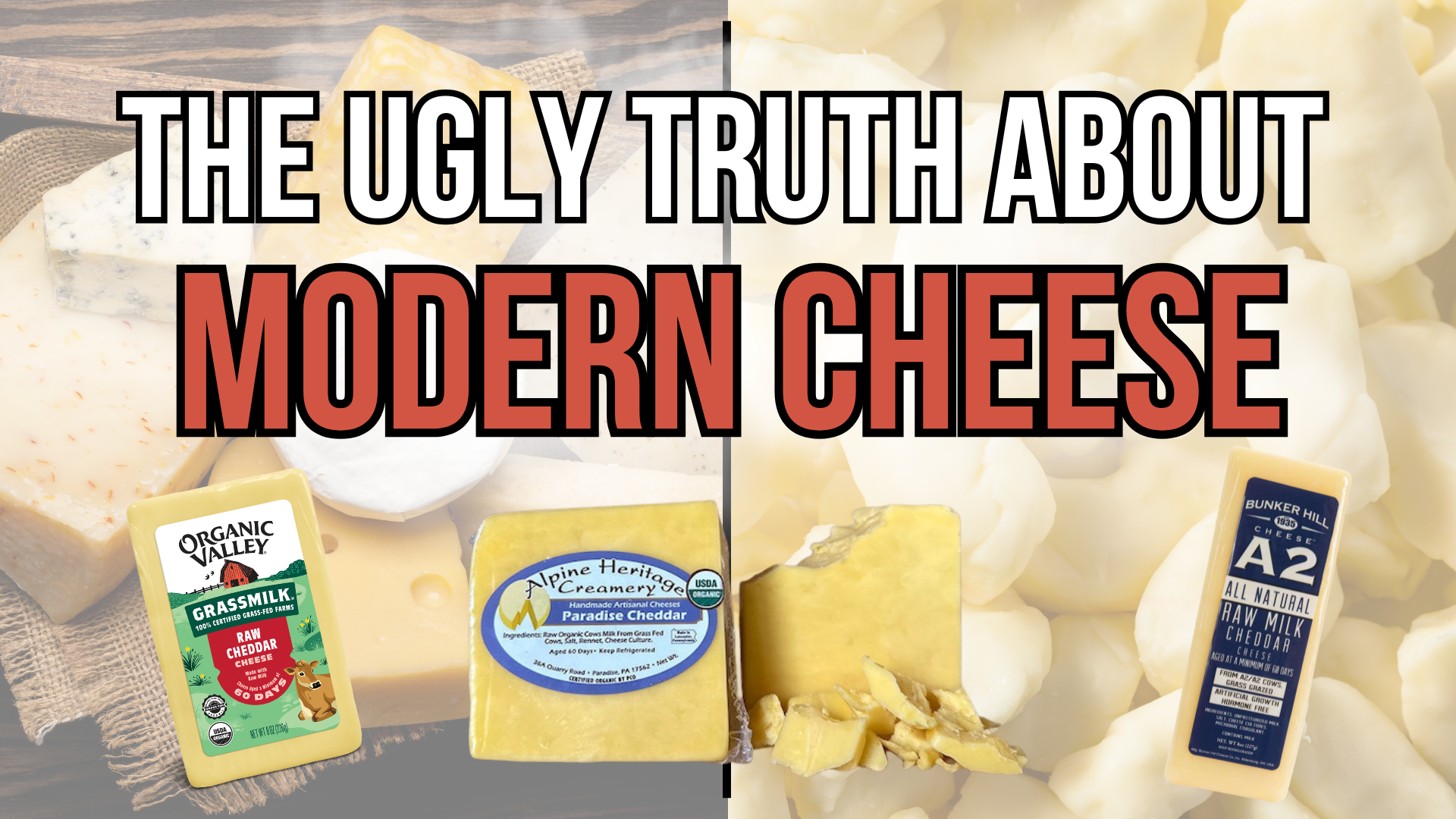
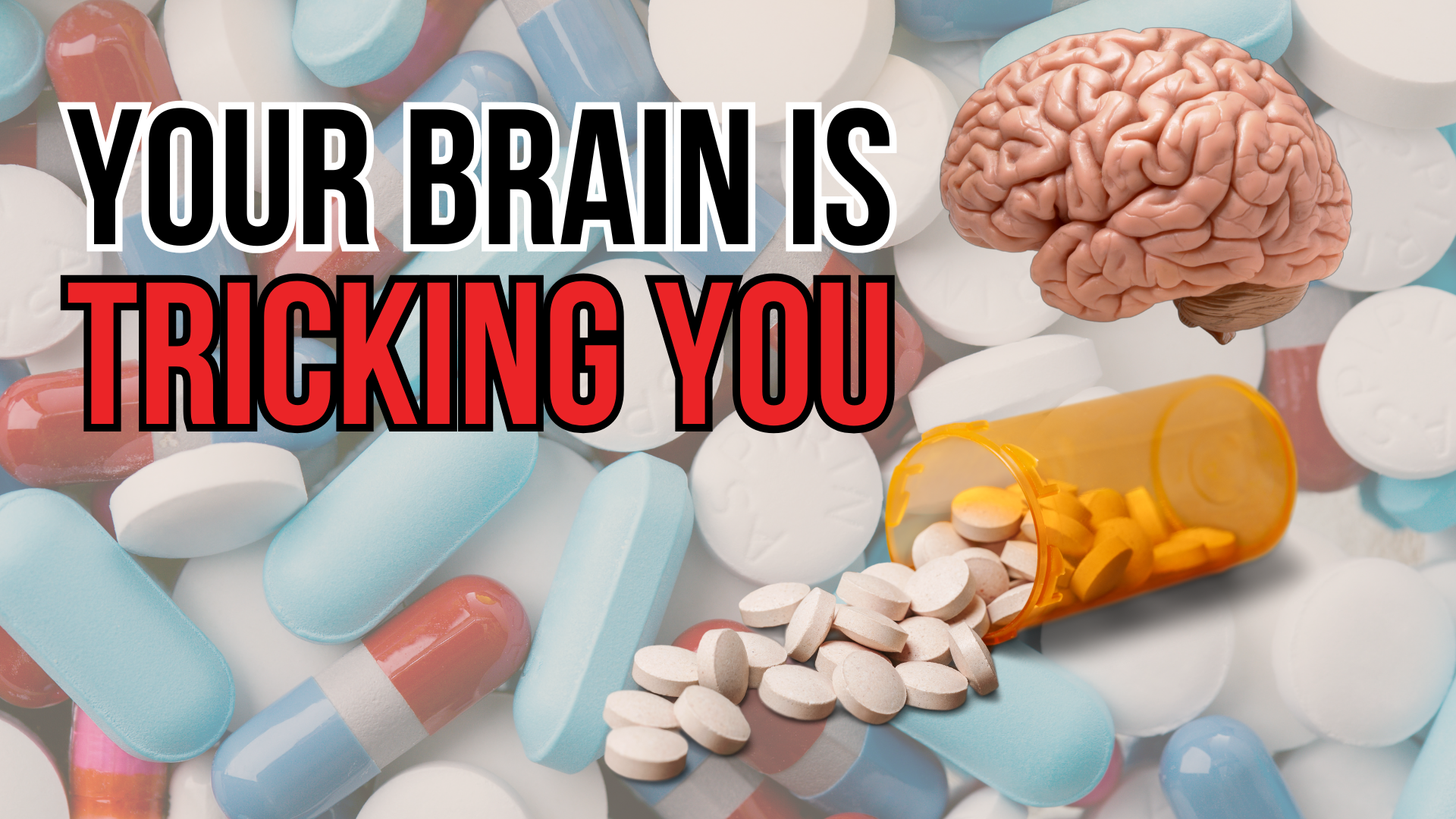
Leave a comment
This site is protected by hCaptcha and the hCaptcha Privacy Policy and Terms of Service apply.